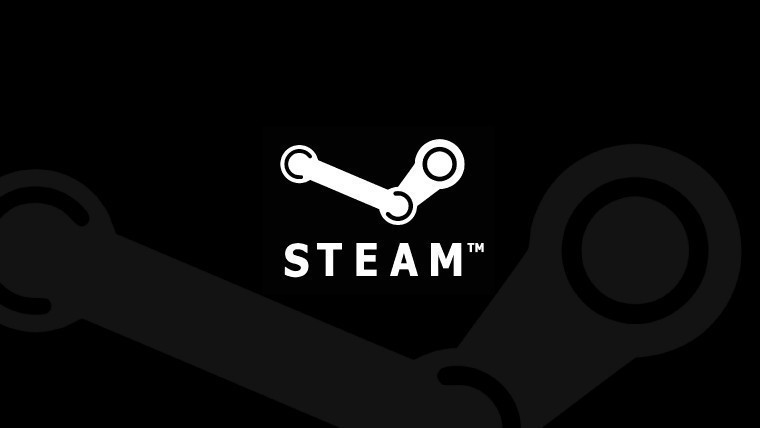
After having announced late last year that SteamVR was coming to Linux in beta form, Valve has made available its first development release. The move is the latest in the company's foray into Linux-based gaming having also offered its own Steam OS for several years while Drew Bliss, a Valve employee, went as far to say that Linux was more viable than Windows 8 for gaming.
The initial SteamVR build for Linux is specifically aimed at developers who are interested in developing content for that platform leveraging the HTC Vive. However, there are a number of prerequisites that must be fulfilled in order to get cracking.
At this early stage, there is limited hardware support and the use of pre-release drivers for Nvidia or AMD video cards is necessary to provide access to the Vulkan APIs upon which SteamVR relies. In addition, the latest version of the Steam beta client is also essential in conjunction with a specific build of the 64-bit Vulkan loader. Rounding out the requirements are Unity 5.6 as well as some potential tweaks to enable SteamVR to interface with the HTC Vive headset.
Unsurprisingly, there are a number of known issues for SteamVR, which currently include:
- OpenGL applications are currently too slow to use interactively; only the Vulkan Submit path is optimal
- Desktop view in the dashboard currently doesn't work
- Power management of base stations is not currently implemented
- Headset audio device switching is not currently implemented
- The VR status window isn't currently aware of direct mode being enabled or not, so the "enable direct mode" and "disable direct mode" buttons should not be used; direct mode is automatically enabled where supported
At present, the general installation and configuration experience may be somewhat fiddly but those interested can follow the instructions provided over on GitHub.

















3 Comments - Add comment